Vladimir Putin has sold his Ukrainian war to the Russian people by trying to find the sweet spot between existential threat and reassuring distance: the Russian president portrays the conflict as a struggle to preserve the nation from a hostile West and its Ukrainian proxy, but one fought safely outside its borders. Increasingly, Kyiv seems to want to bring the war to Russia, though, in a gamble which could go either way.
A drone identified as a Ukrainian-made Ukrjet UJ-22 Airborne, capable of carrying up to 20kg of explosives, crashed close to a gas distribution station 60 miles southeast of Moscow yesterday. This is more than 300 miles from the closest Ukrainian territory – and too close to comfort for Putin. A UJ-22 has a range of almost 500 miles but can only be directly controlled within 100 miles, so it was presumably operating on a pre-programmed route, when it clipped some trees and crashed.
This is not the first time Ukraine has launched attacks into the Russian mainland. Back in December, for example, it appears to have been behind two strikes by Strizh drones – reconfigured reconnaissance platforms – on the Engels-2 airbase in Saratov, some 350 miles inside Russia. However, this latest incident was not only the closest yet to the Kremlin, it was also part of a series of simultaneous attacks. Drones also hit a Rosneft oil depot at Tuapse in the southern Krasnodar region, close to the major port and naval base of Novorossiysk, although strikes aimed at targets in the Adigeya, Belgorod and Bryansk regions all appear to have been unsuccessful.
This is not the first time Ukraine has launched attacks into the Russian mainland
The Russians certainly appear to be getting jumpy. Reports of a drone in the skies over St Petersburg may have been bogus, but they were enough to close its airspace, forcing the diversion or cancellation of a number of flights, and the scrambling of interceptor jets. The Defence Ministry later claimed that this had just been a drill, in a retrospective explanation that few on the city’s social media networks seem to have believed.
Perhaps they have reasons to be alarmed: for the second time in a week, hackers cracked the systems of a number of radio and TV channels in Moscow and several regions, to broadcast official-sounding alarms that ‘an air alert is in effect. Proceed to shelters immediately.’
Kyiv does not officially comment on attacks on Russian soil, but there can be little doubt that this is a new phase in its operations. The targeting of energy facilities – the Belgorod attack appears to have been aimed at an electricity substation – echoes Moscow’s campaign against Ukrainian infrastructure, and may have been a warning that two could play that game. More broadly, though, the aim seems to be to rattle the Russian leadership and also bring home to a wider range of Russians that the war is not as far away as they might have thought. Power cuts, airport closures and TV hacks, after all, may only inconvenience. But they potentially affect a large number of people, who, in turn, discuss their experiences with their friends and on social media, undermining the state’s attempt to control the national narrative.
Up to now, Putin has largely had control of that narrative. He could raise the spectre of a wider threat in his speeches and through acts of what seemed at the time ‘security theatre’: placing air defence systems on the Defence Ministry and other buildings in Moscow, for instance. At the same time, for Russian families without a member mobilised into the army, the war was something distant, embodied in patriotic propaganda posters and adverts rather than real experience.
Anton Gerashchenko, an adviser to the Ukrainian interior minister, crowed that ‘soon Putin might get very afraid to show himself in public, as drones can reach far distances.’ Maybe, although the security around the tsar is very tight and Ukrainian drone strikes do not have that great a strike rate so far. Putin’s real fears are likely to be political. If he wants further to escalate his war, whether by deploying conscripts or launching a new wave of mobilisations, then this will further alarm and dismay the masses. Ruthless repression and a sense of the futility of protest – apathy is the dictator’s best friend – have largely managed to prevent any resistance so far. However, by trying to bring the war to ordinary Russians, Kyiv is presumably trying pre-emptively to make them aware of its scale and risks.
It is a characteristically high-risk strategy. It could limit Putin’s options, creating sufficient public disquiet that the habitually-cautious Russian leader is even less willing to raise more troops because of the inevitable political backlash. On the other hand, it could actually make his case that this is a war of national survival.
There are two things to watch now. First, are the Ukrainians able to maintain a campaign of sporadic but sustained drone and psychological attacks? And is the Kremlin nimble enough to stop trying to deny and minimise them, and begins instead to try and build them into a serious threat? As ever, this is a war of imagination and politics as much as firepower and manoeuvre.
Got something to add? Join the discussion and comment below.
Get 10 issues for just $10
Subscribe to The Spectator Australia today for the next 10 magazine issues, plus full online access, for just $10.

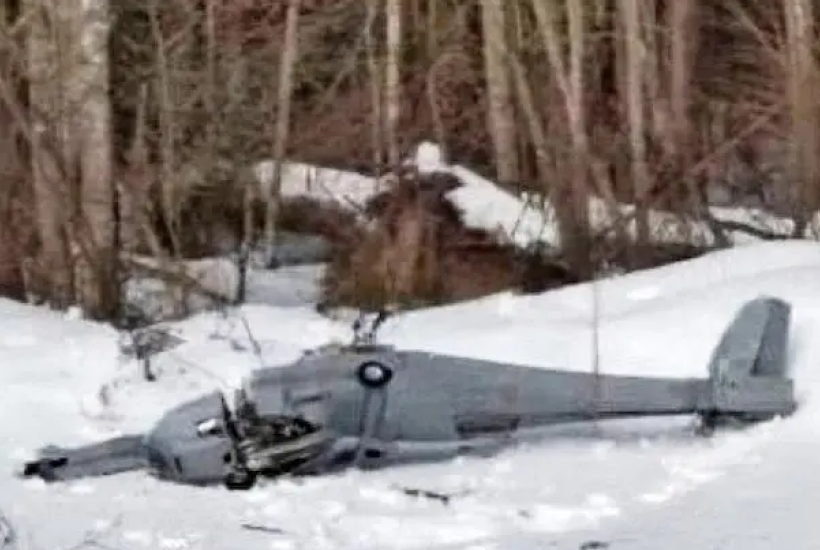
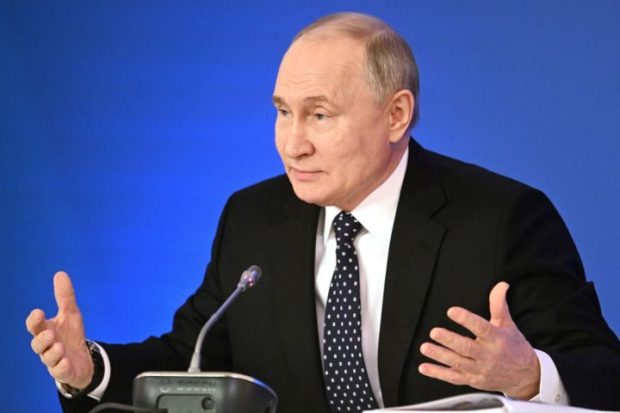
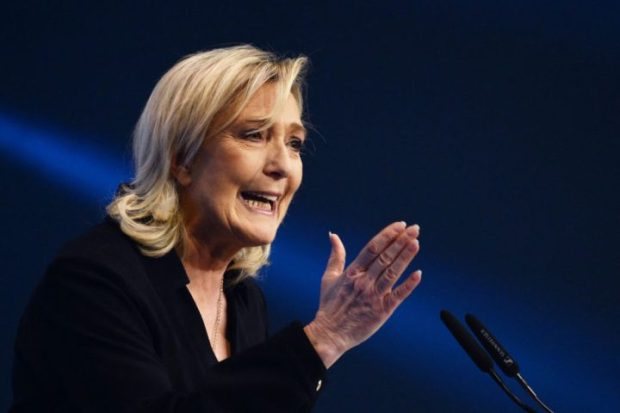
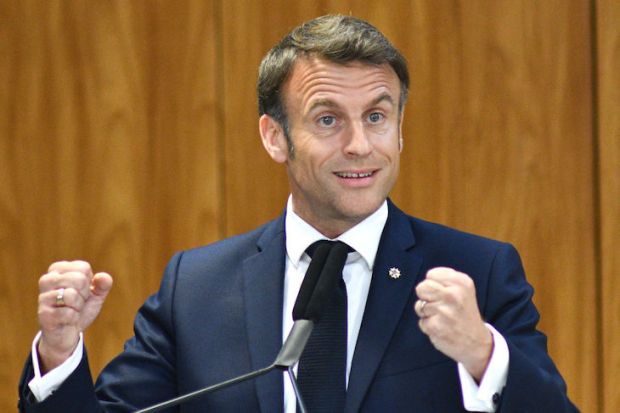
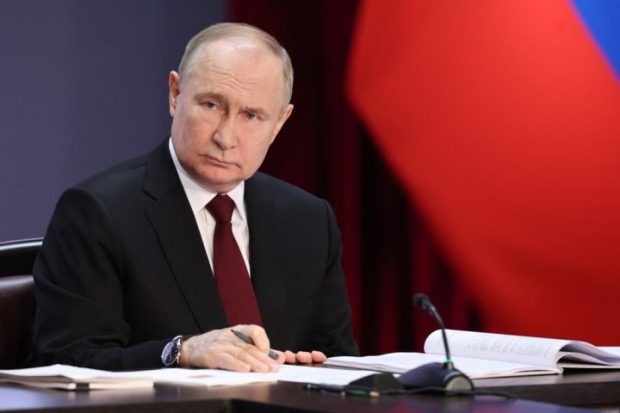
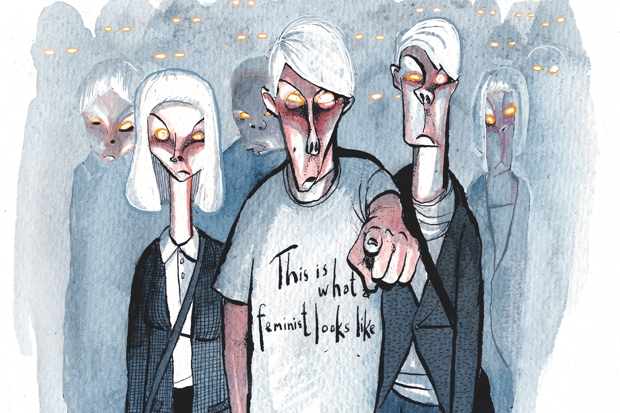









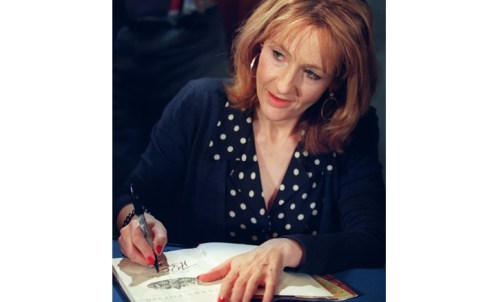


Comments
Don't miss out
Join the conversation with other Spectator Australia readers. Subscribe to leave a comment.
SUBSCRIBEAlready a subscriber? Log in